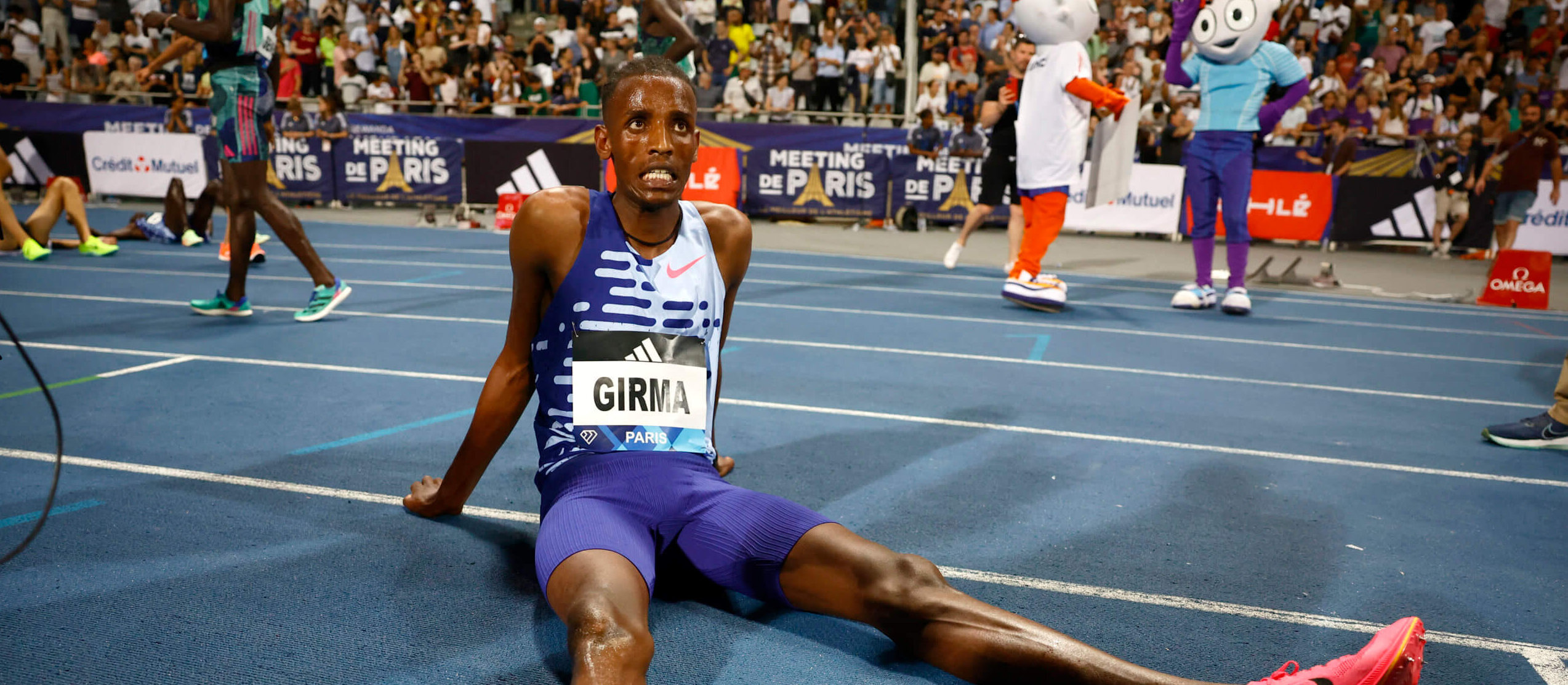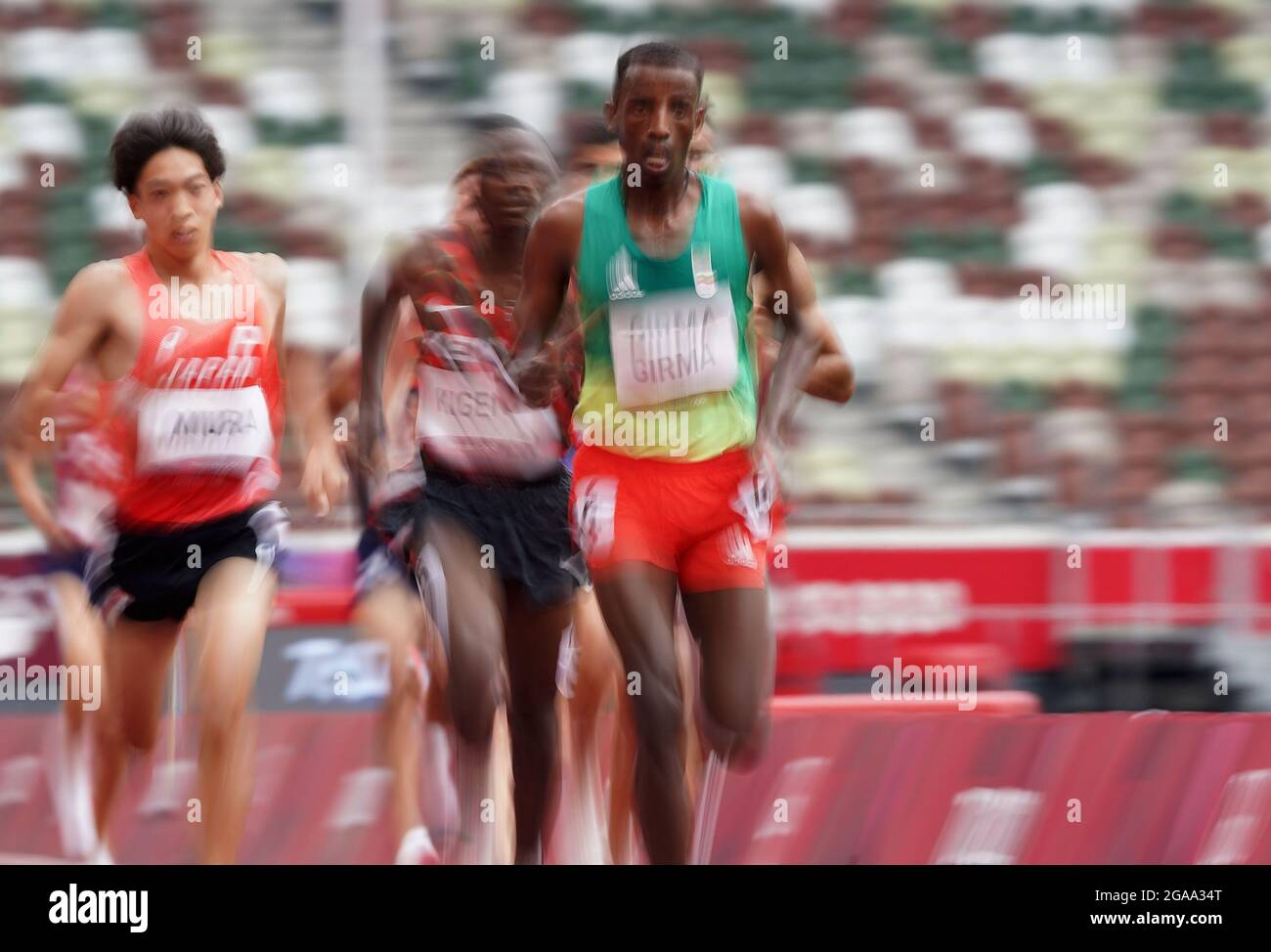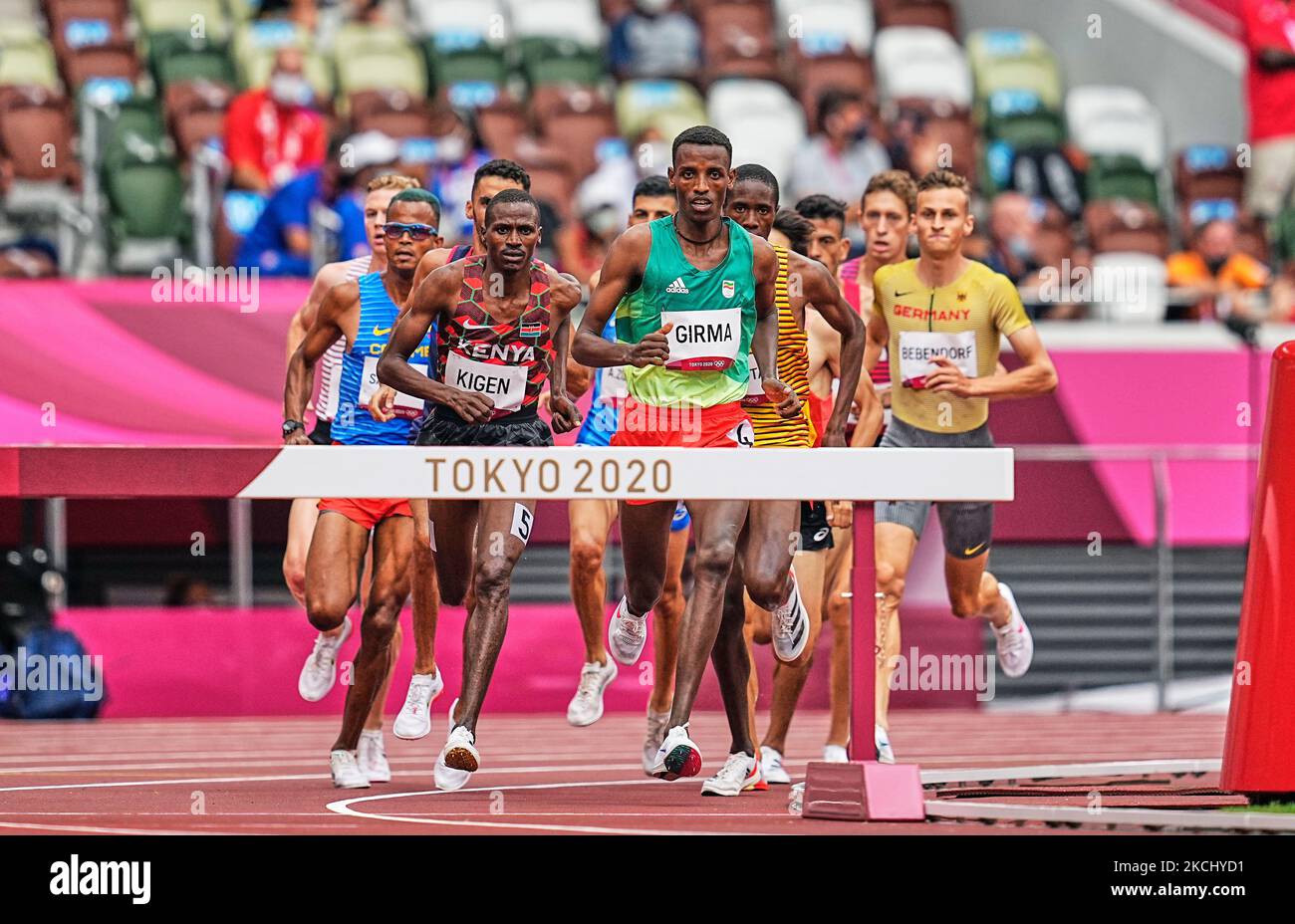The Girma Steeplechase: Girma Steeplechase Fall

The Girma Steeplechase, a renowned horse racing event held annually in the picturesque Girma Valley, stands as a testament to the enduring legacy of equestrian sport. Its history is intricately woven with the evolution of horse racing itself, reflecting the changing landscape of this thrilling spectacle.
Origins and Early Years
The Girma Steeplechase traces its roots back to the early 19th century, emerging from the burgeoning popularity of horse racing in the region. The first official race was held in 1823, attracting a small but enthusiastic crowd of local enthusiasts. The initial course was a simple circuit around the Girma Valley, characterized by its undulating terrain and natural obstacles.
Evolution of the Race
Over the decades, the Girma Steeplechase underwent a series of transformations, reflecting the changing demands of the sport and the evolving preferences of spectators.
- In the late 19th century, the course was significantly extended, incorporating a challenging series of jumps, including fences, water obstacles, and banks. This evolution emphasized the importance of both speed and agility in steeplechase racing.
- The introduction of a formal starting gate in the early 20th century further standardized the race, ensuring a fair and equitable start for all competitors.
- In the 1950s, the Girma Steeplechase gained international recognition, attracting world-class jockeys and horses. This expansion led to a significant increase in prize money and a surge in spectator interest.
Notable Moments and Historical Figures
The Girma Steeplechase has witnessed numerous unforgettable moments and has been associated with legendary figures who have left an indelible mark on the sport.
- The 1968 race, won by the legendary jockey, Sir Johnathan Blackwood, is remembered for its thrilling finish. Blackwood’s horse, “Black Knight,” overcame a significant deficit in the final stretch to secure a dramatic victory.
- The 1982 race, won by the legendary filly, “Lady Liberty,” is considered one of the most iconic moments in Girma Steeplechase history. Lady Liberty’s victory was a testament to her remarkable speed and stamina, as she defied expectations by winning the race despite facing strong competition from male horses.
- The 1995 race, won by the legendary jockey, Emily Carter, marked a significant milestone in the history of the Girma Steeplechase. Carter’s victory demonstrated the growing role of female jockeys in the sport, breaking down barriers and inspiring a new generation of riders.
Analyzing the Fall

The Girma Steeplechase, known for its challenging course and thrilling competition, is not without its risks. Falls are an unfortunate reality of steeplechase racing, and understanding their causes and consequences is crucial for ensuring the safety of both riders and horses.
Causes of Falls in Steeplechase Racing
Falls in steeplechase racing can be attributed to a multitude of factors, both rider-related and course-related. In the context of the Girma Steeplechase, specific factors come into play, amplifying the risk of falls.
- Course Design: The Girma Steeplechase course features numerous obstacles, including fences, water jumps, and sharp turns. The unique design of these obstacles, coupled with the terrain’s undulating nature, can contribute to falls. For instance, the Girma Steeplechase’s signature “Devil’s Drop” fence, a steep, narrow drop, presents a significant challenge to horses and riders.
- Horse Performance: A horse’s physical condition, training, and temperament play a crucial role in its ability to navigate the demanding course. Fatigue, injury, or a lack of experience can lead to a horse stumbling or refusing an obstacle, increasing the risk of a fall.
- Rider Skill: The rider’s experience, judgment, and ability to control their mount are paramount in steeplechase racing. A rider’s miscalculation in judging a jump, a loss of balance, or a failure to anticipate a horse’s reaction can lead to a fall.
- Weather Conditions: Rain or strong winds can significantly affect the course conditions, making the ground slippery and the obstacles more challenging.
Consequences of Falls in Steeplechase Racing
Falls in steeplechase racing can have severe consequences for both riders and horses, impacting the race itself and its participants.
- Injuries to Riders and Horses: Falls can result in a wide range of injuries, from minor bruises and sprains to serious fractures and concussions. Horses, too, can sustain injuries, ranging from cuts and scrapes to more severe ligament and tendon damage.
- Race Disruption: A fall can cause a significant disruption to the race, leading to delays and potentially altering the outcome.
- Financial Implications: Falls can have significant financial implications for owners, trainers, and jockeys. Injuries can lead to veterinary bills, lost race earnings, and even insurance claims.
Safety Measures in the Girma Steeplechase
The Girma Steeplechase organizers implement various safety measures to mitigate the risks associated with falls. These measures include:
- Course Inspection: The course is meticulously inspected before and during the race to ensure its safety. Obstacles are checked for stability, and the ground is assessed for potential hazards.
- Veterinary Services: A team of veterinarians is on hand during the race to provide immediate medical attention to injured riders and horses.
- Safety Equipment: Riders are required to wear protective gear, including helmets, body protectors, and boots, to minimize the severity of injuries in case of a fall.
Comparison of Safety Measures, Girma steeplechase fall
While the Girma Steeplechase implements several safety measures, it is essential to compare them with those employed in other steeplechase races worldwide.
- Obstacle Design: Some races, such as the Grand National in England, have implemented changes to obstacle design, making them safer for both horses and riders. For example, the use of “artificial” fences, which are designed to be more forgiving in the event of a fall, has become increasingly common.
- Course Conditions: The Girma Steeplechase course is generally considered challenging, and the terrain can be demanding, particularly in wet conditions. In contrast, some races prioritize course conditions, ensuring a safer environment for horses.
- Rider Experience: The Girma Steeplechase allows riders with varying levels of experience to compete. Other races have stricter requirements for rider experience and qualification, aiming to reduce the risk of falls.
Impact and Future Implications

The Girma Steeplechase, like any sport with inherent risks, faces a delicate balancing act between thrilling spectacle and the safety of its participants. Falls, while a regrettable part of the sport, have a complex impact on the Girma Steeplechase’s reputation and future prospects. This section explores the potential repercussions of falls, the ongoing efforts to mitigate risks, and the evolving landscape of the sport.
Impact on Reputation and Popularity
Falls, especially if they result in serious injuries, can negatively impact the Girma Steeplechase’s reputation. The public perception of the sport can shift towards a focus on its danger, potentially deterring potential spectators and sponsors. Conversely, the Girma Steeplechase’s organizers and stakeholders have a responsibility to address these concerns by emphasizing the sport’s inherent challenges and the athletes’ dedication to overcoming them. This can be achieved through proactive communication, highlighting safety protocols, and showcasing the sport’s history and traditions.
Girma steeplechase fall – Girma’s fall in the steeplechase was a shocking moment, leaving fans wondering about his recovery. It’s fascinating how even in the world of athletics, curiosity about details like whether Quincy Hall has real gold teeth, as explored in this article , can grab attention.
While Girma’s fall highlights the risks of the sport, the public’s fascination with the details of athletes’ lives, like their dental choices, shows how deeply we connect with these figures.
The Girma steeplechase fall was a shocking event, raising questions about safety protocols and athlete preparedness. It’s a reminder that even in seemingly controlled environments, unexpected situations can arise. The incident sparked a debate about the role of technology in athletics, much like the ongoing discussion about whether does Quincy Hall have metal teeth , a question that highlights the power of perception and the need for critical thinking.
While the Girma fall serves as a cautionary tale, it also highlights the resilience and dedication of athletes, pushing them to strive for greatness despite the risks.